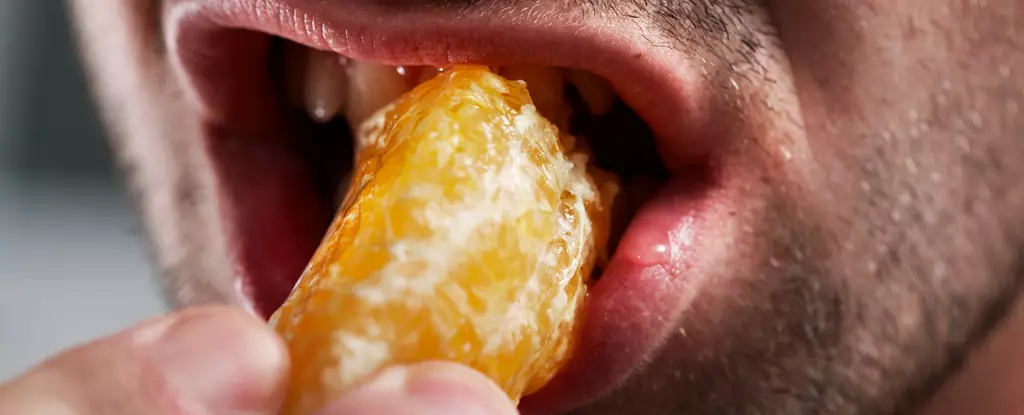Misophonia, a term derived from the Greek words “miso,” meaning hatred, and “phonia,” signifying sound, describes an extreme emotional reaction to specific auditory stimuli. While the collective discomfort elicited by certain sounds—like nails scraping against chalkboards—may be familiar, those with misophonia experience far more severe responses. Everyday sounds such as slurping, chewing, breathing, and snoring can provoke feelings of rage, anxiety, or even an overwhelming urge to escape. Recent studies highlight that this condition may be more common than earlier believed, suggesting an urgent need for a deeper understanding—particularly its psychological and genetic underpinnings.
Genetic Correlates: Uncovering the Links
A groundbreaking study undertaken by Dutch psychiatrist Dirk Smit and his team at the University of Amsterdam has explored the genetic factors associated with misophonia. They meticulously analyzed data from prominent resources, including the Psychiatric Genomics Consortium, UK Biobank, and 23andMe, discovering a notable genetic overlap between misophonia and several psychiatric disorders, such as anxiety, depression, and PTSD. The findings suggest that individuals self-reporting misophonia are statistically more inclined to possess genetic markers linked to these conditions.
Significantly, this relationship with PTSD is particularly intriguing. It implies a shared neurobiological framework that might govern both conditions. The researchers postulate that therapeutic approaches traditionally utilized for PTSD, such as cognitive-behavioral therapy, could also be beneficial for those grappling with misophonia. However, it is crucial to clarify that this genetic correlation does not necessarily indicate that misophonia and psychiatric disorders stem from the same mechanisms. Instead, overlapping risk factors may contribute to heightened sensitivities.
The Psychological Landscape: How Misophonia Affects Daily Life
Misophonia can drastically interfere with an individual’s ability to navigate daily life. Reactions to trigger sounds vary widely, encompassing emotions from mild irritation to profound distress that disrupts social interactions. Smit’s research emphasizes that individuals experiencing misophonia often internalize their suffering, which can lead to feelings of worry and guilt, ultimately complicating their emotional responses. The discomfort often manifests as a silent battle within, where the individual grapples with both the external triggers and their internal emotional turmoil.
Interestingly, the study indicates that individuals with specific personality traits—such as neuroticism and a tendency toward loneliness—are more susceptible to misophonia. This raises the question of whether certain personality characteristics predispose individuals to develop misophonia or merely amplify its effects. Smit and his colleagues suggest that the emotional weight of guilt accompanying feelings of anger and irritation may play a pivotal role, creating a feedback loop that perpetuates distress.
A Unique Perspective: The Relationship with Autism Spectrum Disorder
An unexpected revelation from Smit’s research is the apparent disconnect between misophonia and autism spectrum disorder (ASD). Though one might assume that individuals with ASD, who typically exhibit lower sound tolerance, would experience misophonia more frequently, the research found that this was not the case. The findings hint at the potential existence of distinct variations of misophonia, influenced by various conditioning processes related to anger and other negative emotions. It propels discourse surrounding misophonia into unexplored territories, prompting broader inquiries into its nature and diagnostic classifications.
Despite the intriguing results, Smit and his team’s findings come with caveats. The majority of their sample population was European, which may limit the applicability of these genetic links to other demographics. Furthermore, the reliance on self-reported data for diagnosing misophonia could skew results and does not provide the rigorous framework typically required for clinical diagnosis. However, the study opens avenues for future investigations into the biological mechanisms underpinning misophonia, urging researchers to explore diverse populations and employ more rigorous diagnostic criteria.
Misophonia represents a complex intersection of genetics, psychology, and individual sensitivity to sound. The links to other psychiatric disorders signal the importance of a multidisciplinary approach to understanding this condition. As science progresses, it is vital to delve deeper into its genetic roots and psychological dimensions to pave the way for effective interventions and therapies. Exploring misophonia not only sheds light on a misunderstood condition but also enriches our understanding of the multifaceted relationship between sound, emotion, and mental health.


Leave a Reply